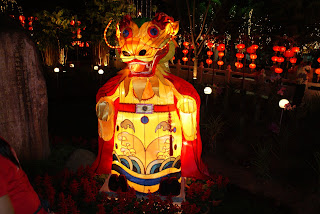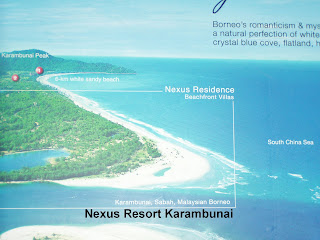

































How to get to FGS? :
The fastest and most practical route to the Dong Zen Temple is via the KESAS Highway. From KL/ PJ, go westbound until you reach the Banting / Klang (Pandaraman Interchange). Turn left after the exit ramp and follow the well-spaced signs placed by the temple. Basically, drive towards the direction of Banting town. If you are in the right direction, you will pass through the little industrial township of Teluk Panglima Garang midway. Shortly after, you will see a forked exit to Carey Island. Keep on the main road to Banting and drive for another 5.8 km.
Upon arriving at the Jenjarom area, you need to turn right at a traffic light junction. This junction has a police station on the left and a 7-Eleven / RHB Bank on the right. After entering this road, drive straight until you see the big lantern-decked Dong Zen building on your right. Parking is ample and available within the temple grounds. Exit may be confusing as cars are routed through housing estates and villages at the back. . When you reach the main road, turn left to get back to KL or PJ.
For the casual visitor, the best time to visit is during or near Chinese New Year. Additional lanterns are mounted and floral fests, floats, cultural exhibitions are staged. The festivities transformed the Dong Zen Temple into a magical wonderland at night? Everything is free. Free parking, free washroom and free admission.
.


.JPG)
.JPG)
.JPG)
.JPG)
.JPG)

.JPG)
.JPG)
.JPG)










